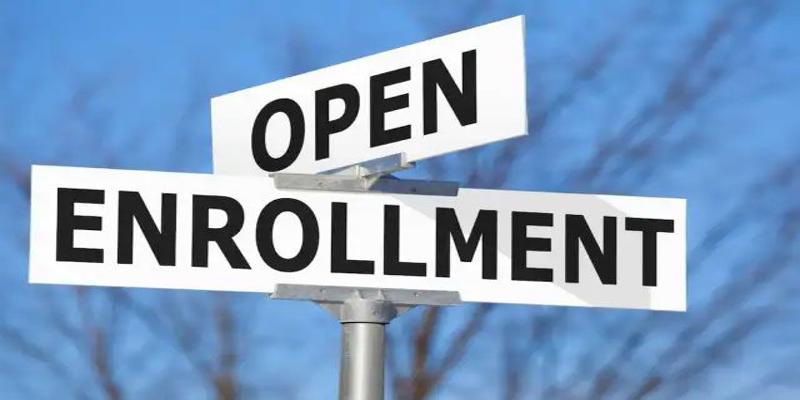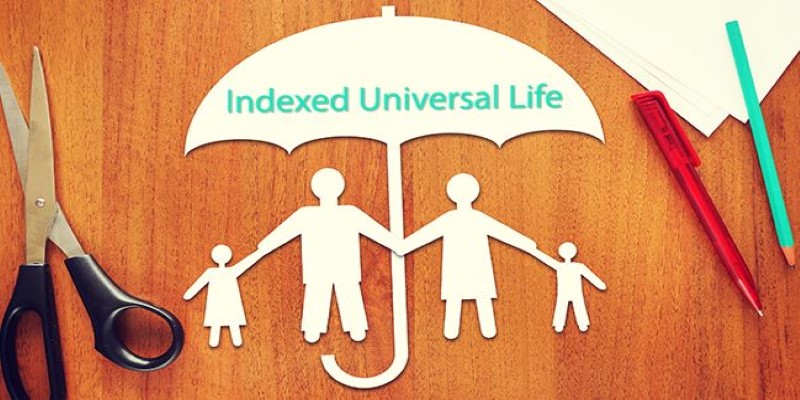As an employer, preparing your employees for open enrollment is a critical responsibility that can positively impact their overall well-being and your company's bottom line. It's all about effectively communicating the benefits options and guiding your workforce through this annual exercise so they make informed decisions in the best interest of their needs. This article provides ways to simplify your preparations for open enrollment and how you can maximize employee engagement to bring higher satisfaction and productivity to your teams.
What is Open Enrollment?
 Open enrollment is a period during which employees are allowed to change their health insurance and other benefit plans for the coming year. It typically occurs in the fall every year and may last several weeks, affording the employee a chance to review current coverages, consider new options, and make appropriate decisions regarding their benefits package.
Open enrollment is a period during which employees are allowed to change their health insurance and other benefit plans for the coming year. It typically occurs in the fall every year and may last several weeks, affording the employee a chance to review current coverages, consider new options, and make appropriate decisions regarding their benefits package.
Key Features of Open Enrollment
Workers have an opportunity during this period to amend:
- The specific options include enrolling in or changing health insurance plans, adding or removing dependants from coverage, signing up for additional benefits, vision, or life insurance, and adjusting FSA or HSA contributions. It's worth noting here that, outside of open enrollment, changes to benefit plans are generally only allowed for qualifying life events, including marriage, the birth of a child, or loss of other coverage.
- Open Enrollment-Importance to Employers and Employees Open enrollment is when employers need to describe to their employees the value of the benefits they are offering and have the employees understand what they are entitled to. This is the time for them to explain new plans or pricing changes and boast about their latest offerings that will enhance employee satisfaction and retention.
- This is the time for employees to reconsider their needs and make some decisions that will impact their healthcare and financial wellbeing for the coming year. With a bit of time and research, good decisions made during open enrollment can result in improved health and cost savings.
Why Preparation is Key for Open Enrollment
Setting your employees up for success for open enrollment is an integral part of the process. It pays dividends many times over in terms of time and resources invested to ensure the overall experience for your workforce and the selection of benefits are optimized.
Smarter Decision Making
Well-prepared employees make better benefit decisions. Detailed information and education in advance allow them to take the time needed to review options comprehensively, compare different plans, and explore the personal and financial implications of each choice. A proactive approach may well lead to higher satisfaction and lower levels of stress during enrollment.
Simplifying the Process
A better-prepared workforce will make the entire open enrollment process go very well. If you set up the employees in advance for what they need to do, with what documentation, and by what date, it might reduce last-minute rushes and errors and raise completion rates. This may help minimize the burden on your HR team so they can support more complex inquiries and personalized support where needed.
Maximising Benefit Uptake
Better-informed decisions about the options for their benefits mean better choices, making them more likely to use the plans that best meet their needs. Increased awareness of their benefits will, in turn, create more positive health and financial outcomes with a high level of appreciation for your total compensation package. You can encourage this by explaining each benefit's value and how it integrates into general well-being.
Educate Employees on Plan Options and Changes
Effective communication is also crucial in educating your staff about open enrollment. Provided is a detailed discussion of all available options, including those new or containing major changes from the previous year. Clearly spell out changes and how those changes could impact coverage and cost.
Communicate Key Plan Features
Break out what is covered under each plan type, including premiums, deductibles, copayments, and out-of-pocket maximums, using understandable terminology and examples from various healthcare scenarios. This will help employees better contextualize their choices.
Plan Comparisons Present
Create side-by-side charts with the pros and cons of each plan. This may be invaluable for the employees to understand how higher premiums will bring lower out-of-pocket costs or vice versa. Network coverage, prescription drug benefits, and all the unique features, such as telehealth services or wellness programs, should be included.
One-on-One Consulting Sessions
 Offering personal, one-on-one consultations is the best way to prepare your employees for open enrollment. Individualized meetings are the perfect opportunity for employees to ask questions, express concerns, and receive detailed advice about their benefit options.
Offering personal, one-on-one consultations is the best way to prepare your employees for open enrollment. Individualized meetings are the perfect opportunity for employees to ask questions, express concerns, and receive detailed advice about their benefit options.
Schedule Convenient Times
When arranging these consultations, consider your employees' schedules: Offer early morning, lunch hours, and late afternoon time slots to accommodate different work patterns. Online scheduling software may facilitate this process and give employees more flexibility in selecting their time slots.
Prepare Comprehensive Materials
Before the consultations, assemble a comprehensive packet of information for each employee. This should include:
- Overview of current benefits
- New options for the coming year
- Cost comparisons
- Questions and answers about the enrollment process
Train the HR Representatives
Educate your HR representatives and specialists on everything about the benefits package they will offer. They should be prepared to define terms and those that are complicated, describe changes from last year and give unbiased advice related to the individual employee's circumstance. This way, you will earn their trust, and they will make intelligent decisions regarding their benefits.
Make Enrollment Easy by Offering Online Tools
Online tools can iron out the bumps for a more straightforward open enrollment process for employers and employees. This smooth process engages your workforce on intuitive platforms by providing them with various digital resources to make the tough choices easier, hence largely increasing overall engagement.
Easy Enrollment Platforms
Invest in intuitive, web-based enrollment systems that walk employees through the process step by step. Platforms should also include:
- Clear explanations of benefit options.
- Side-by-side comparisons of various plans.
- Real-time cost calculations.
The interface should be mobile-responsive, allowing employees to access information and select on any device.
Decision Support Interactive Tools
Interactive tools such as benefits calculators and virtual assistants will be provided to engage employees in informed decision-making. These can include analyzing individual needs, suggesting appropriate plans, and estimating out-of-pocket costs based on historical usage patterns.
Digital Resource Libraries
Create an online library of benefits information that includes detailed plan descriptions, frequently asked questions, and education videos. This one-stop shop will allow employees to do their option research at their own pace and refer to information as needed during the enrollment period.
Conclusion
Finally, the planning and communication involved in setting your employees up for success during open enrollment are crucial. If you follow these steps, establish clear timelines, and leverage technology to offer continuous support, the enrollment period will end with as few hitches as possible. Remember, a better-informed and more engaged workforce makes smarter decisions regarding their benefits, which populates the employer with a more satisfied population.







